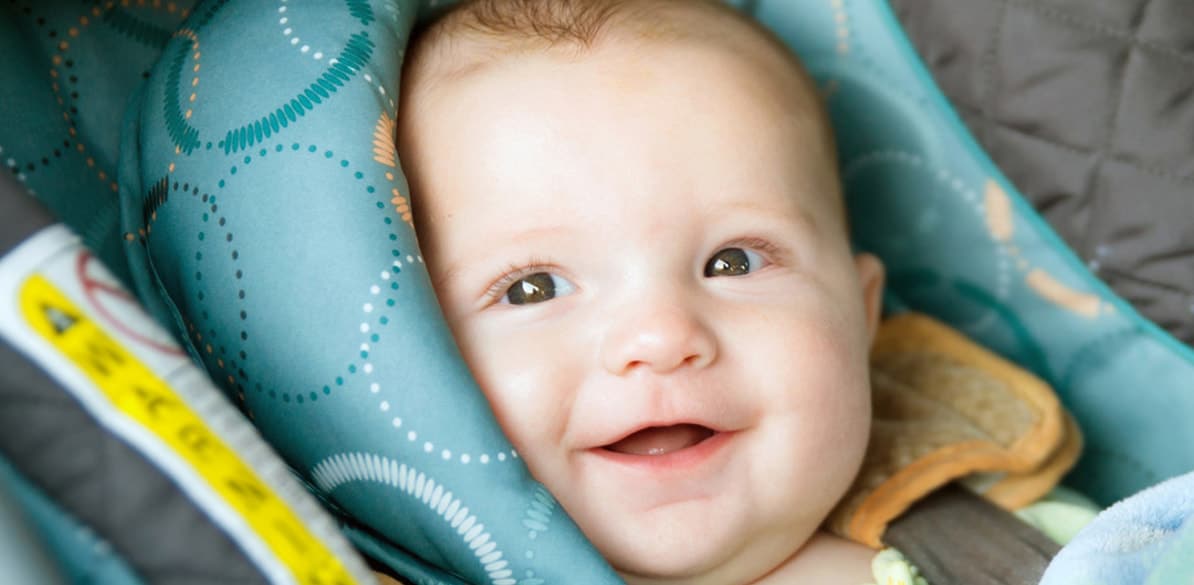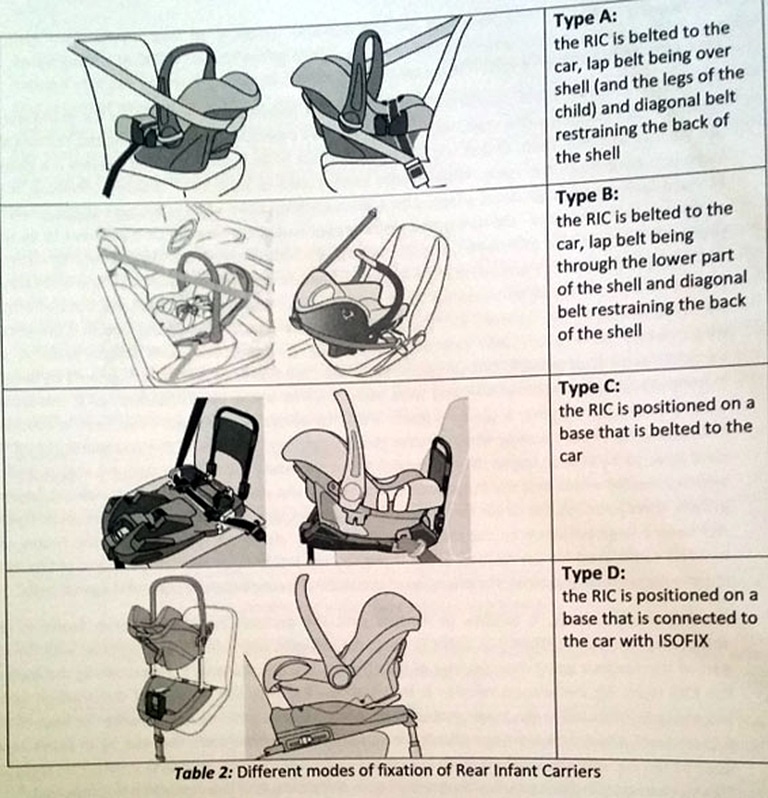These are the different ways of fixing a child seat in a rear-facing position

There are various safety reasons for strongly recommending that children travel in rear-facing child seats up to at least the age of three or four. In the event of a collision, a child under four years of age is more likely to suffer head and neck injuries than one traveling in the opposite direction, because their bones and ligaments are still developing. In addition, children have larger heads in proportion to the body than adults, and the neck muscles take longer to be able to support them safely in the event of a collision.
The safest seats: the ISOFIX or i-Size
The child seats that offer the highest possible safety on the market are those that use the ISOFIX system or the new approved i-Size (remember that there is a complete file on the i-Size on this page). I-Size, or what is the same, the ECE R129 standard, is a system that practically eliminates errors in the positioning of the seats, as reflected in the study “ECE R129: promoting ISOFIX but also improving the fixation of CRS with the seatbelt” by Philippe Lesire, presented at the 13th International Conference in Munich, Germany, in December 2015. This approved system is supported by the UNECE in its document “R129 i-Size UN Regulation: An important step towards an enhanced child protection in crashes (176 KB)”.
We should be aware that the approved child seats that are already on the market offer a perfectly acceptable level of safety for children, regardless of the fixing system they have. In other words, a child seat that is affixed in the car using seat belts, it goes without saying, is totally safe.
However, as we already know, the greatest source of risk with child restraint systems is in the positioning of the seat. A CRS that is secured using seat belts is prone to misalignment or human error. There is such a variety of CRS and belt fixing systems that the overall results can be greatly improved, and that is why there are ISOFIX systems and the most recently approved standard, the i-Size, which is actually an improved version of ISOFIX.
How to position a rear-facing CRS
As a general rule, fitting a rear-facing CRS, if you have ISOFIX or i-Size, is not difficult. Once the base is correctly installed, simply place the CRS in the reverse position. You should always ensure that all the components are properly installed.
In the event that the child restraint system does not have ISOFIX, you have to use the seat belts on the rear seats. There is no single formula for this, although each step to be followed should be specified in detail in the child seat’s instruction manual. If you cannot find these instructions, and the CRS sales professional cannot provide advice, you should look for a different seat that has as much detail as possible about the correct positioning using the seat belts.
In essence, there are several ways to secure a rear-facing CRS using a seat belt, proposed in the abovementioned study by Philippe Lesire et al: the first is to pass the lap belt of the seat belt over the CRS frame (and therefore over the child’s legs, without actually touching them), and with the diagonal band holding the back of the seat back; the second is by passing the abdominal band through the lower part of the CRS, designed for this purpose, and the abdominal band holding the back of the seat, as in the previous case.

(Table of the study “ECE R129: promoting ISOFIX but also improving the fixation of CRS with the seatbelt ”, by Philippe Lesire)
Another way is by anchoring a base that holds the CRS but securing the base itself with the seat belt; the remaining solution is to install an ISOFIX or i-Size type anchoring system. Of all of them, the one that offers the greatest security, given the absence of potential positioning errors, is the last: ISOFIX or i-Size.
The recommendation is very clear: before buying a child seat without ISOFIX or i-Size, consider the option of installing these systems; if this is not feasible, try to learn how to position the seat according to its manual as best you can, paying attention to the passage of the belt through all the safety rings, and of course keeping the belt itself taut, and fastened in its corresponding place. And remember: always buy a child seat from a reputable establishment and from vendors who know how to answer all your questions, can help you install it the first time, and accept returns if necessary.
